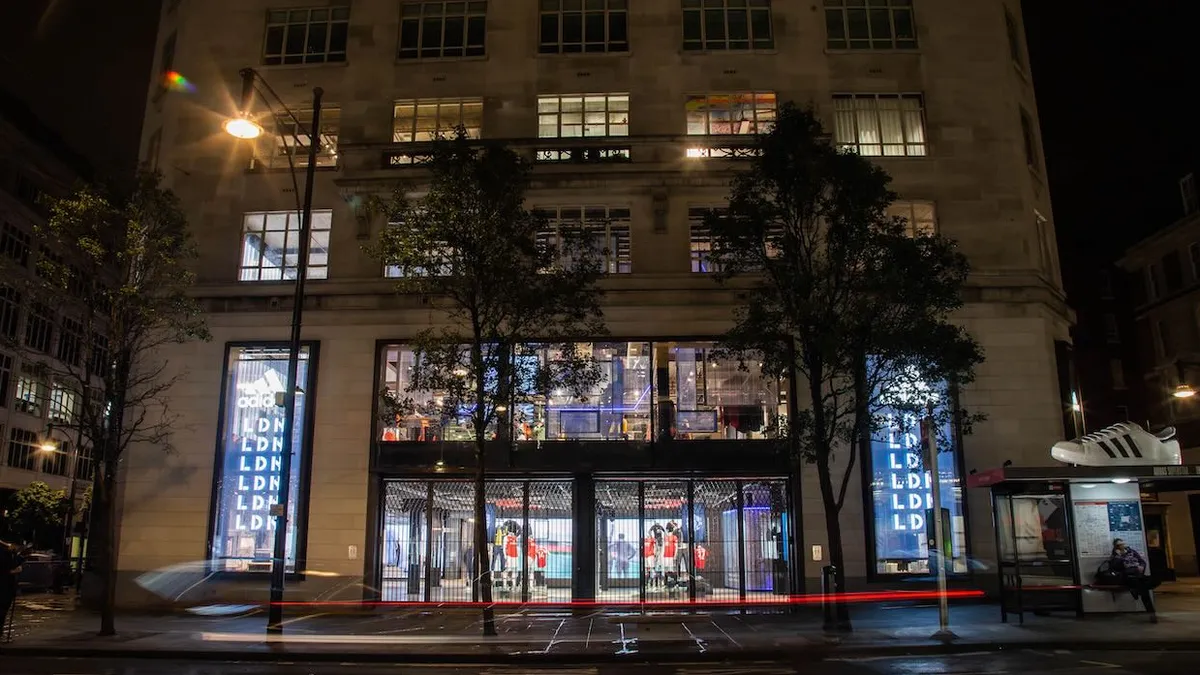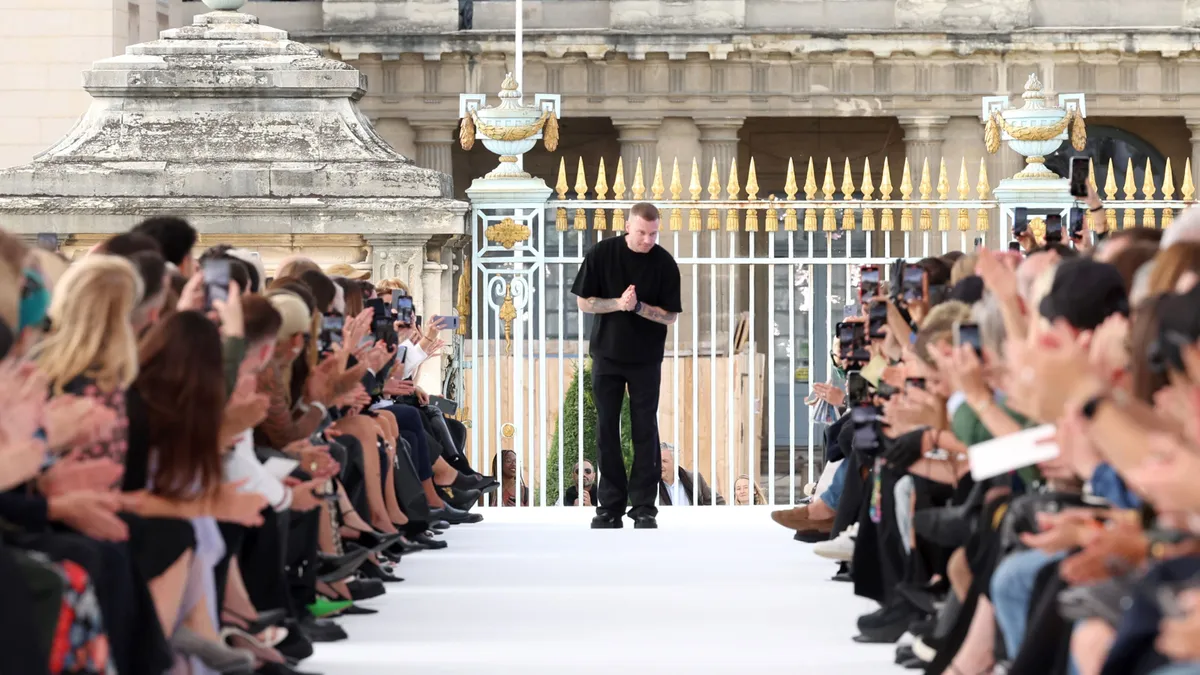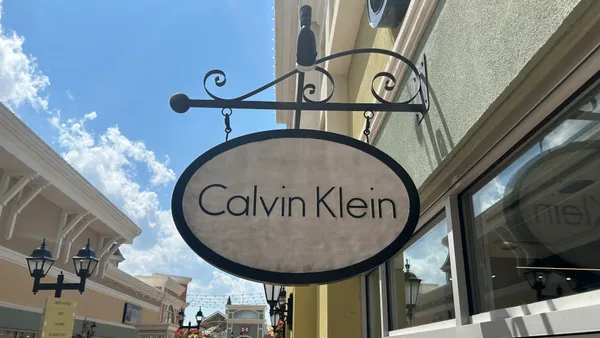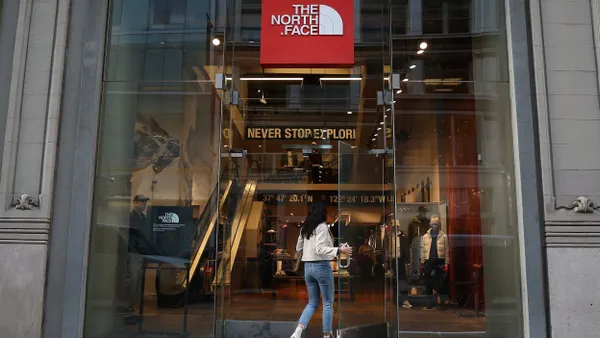Dive Brief:
-
Adidas and Ye have reached a settlement, executives told analysts on an earnings call Tuesday. The sports apparel giant severed ties with Ye two years ago after he made bigoted remarks and displayed other problematic behavior.
-
The announcement came as the brand reported a set of Q3 numbers that CEO Bjørn Gulden said is “proof that we are moving in the right direction.” Net sales rose 7.3% year over year to 6.4 billion euros ($6.9 billion at press time). Currency-neutral sales rose 10%, driven by the 14% growth in the Adidas brand.
-
Gross margin expanded 2 percentage points to 51.3%, despite the hit from “this year’s significantly smaller and less profitable Yeezy business,” and net income soared 70% to 476 million euros, per a company press release. Other operating income rose to 113 million euros from 5 million last year; about 100 million came from its Yeezy settlement, offset by certain provisions, which meant no material impact on Q3 operating profit.
Dive Insight:
Adidas is winding down its affiliation with Ye on two fronts — legally and in terms of its dwindling Yeezy inventory.
In Q3 revenues from the Yeezy partnership were about 200 million euros, down drastically from 350 million euros a year ago. Q3 operating profit reached 598 million euros, with Yeezy inventory contributing around 50 million euros, compared to last year’s Yeezy contribution of about 150 million euros, the company said.
Wholesale in Q3 grew 13% year over year on a currency-neutral basis, while direct-to-consumer revenues grew 7%. (Excluding Yeezy, which sells mainly via DTC, the company’s DTC business grew 17%, per the release.) Within DTC, Adidas’ owned retail stores posted double-digit growth.
E-commerce revenues fell 3%, also due to “the significantly smaller Yeezy business,” the company said. Excluding Yeezy, revenues in e-commerce rose more than 25%. More broadly, Adidas has pulled back on discounting and “continues to focus on reducing discounting activity and improving the overall business mix on its own online platforms, [so] the increase in full-price sales was significantly stronger.”
According to Gulden, the brand’s better-than-expected Q3 results have more to do with its momentum and the boost it got from what he called the “summer of sport,” which included the Olympics in Paris and other major events. Adidas is also running two stores focused on women, one in Saudi Arabia and the other in Dubai, which are doing well, and the company is looking to test the concept further, he said.
But Adidas may have to move on from more than its Ye relationship and its Yeezy stockpile. The brand’s Terrace products in its legacy Samba and Gazelle styles are having a moment, but some analysts see that as having peaked months ago, and fading by 2026, according to Third Bridge analyst Yanmei Tang.
“The big question is: what’s next for Adidas after the hype around its Samba and Gazelle terrace sneakers? While Adidas excels at capitalizing on established franchises, its track record for launching innovative new products isn’t as strong,” Tang said in emailed comments. “Meanwhile, there’s a significant chance that Nike will introduce a new product in the next 18 months, potentially setting new trends and impacting Adidas sales once again.”













